In 2020, many Russians first encountered QR codes - first they were needed to register leaving the house, then to enter a bar or club. The technology is easy to use, but interesting from the inside, and it was not invented at all for control and isolation. The "Rapid Response Code" appeared as an alternative to the barcode, it can transmit up to 4296 letters and numbers and, if desired, takes the form of a juniper fence. Introducing the definitive guide to QR codes.
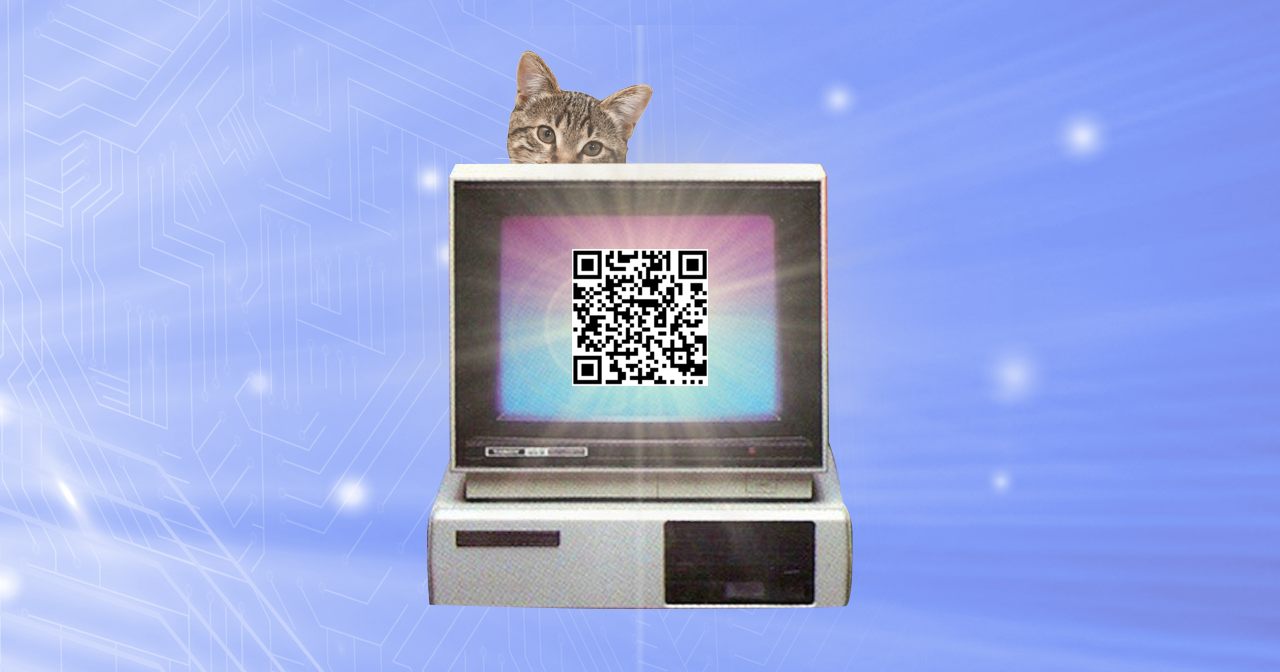
How did you come up with it?
The idea of transmitting information using graphic elements that will be recognized automatically appeared back in the middle of the 20th century. Philadelphia grocery merchants were desperate for a convenient tracking and accounting system, and they approached Drexel University with a request to develop one.
The creator of the first barcode, Norman Woodland was inspired by Morse code: he explained that he simply expanded the dots and dashes, turning them into wide and narrow strokes. To read them, it was supposed to use optical sound recording technology. Due to technical difficulties, the implementation of the idea took twenty years: the first item with a barcode (a pack of Wrigley chewing gum) was sold in 1974.
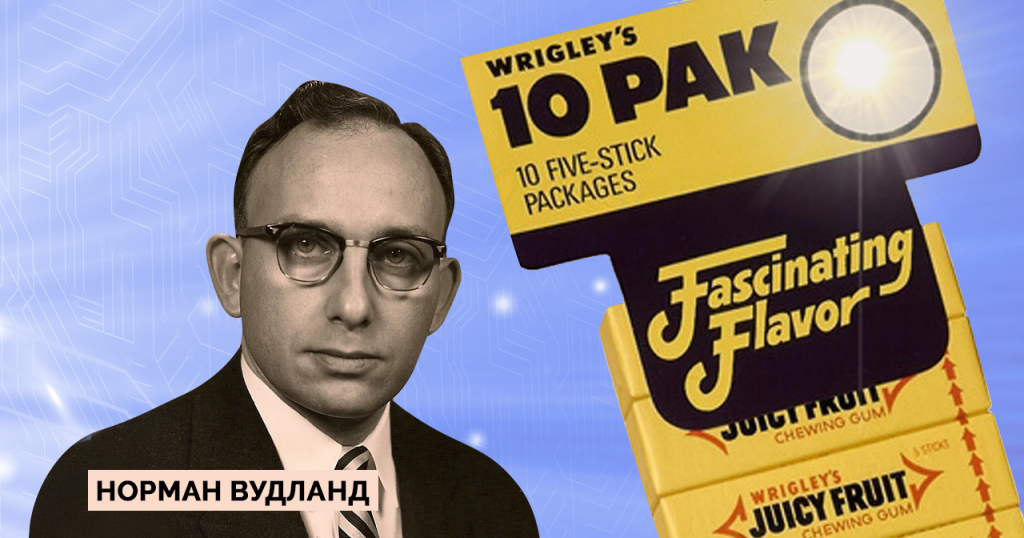
Barcodes quickly found application in industry: they were convenient for marking parts and accessories. But this was not enough for all companies. In Japan's Denso Wave, a car parts manufacturer, workers asked management to develop a more efficient system, and in 1994 it appeared as a matrix (two-dimensional) code. It was named Quick Response Code - a quick response code or QR code.
Benefits of a QR Code:
- Allows you to encode more information than linear barcodes;
- Easily recognized by scanning equipment;
- Can be read even if damaged.
Although Denso has registered the term “QR Code” as a trademark, the system itself is open source and there is no license fee to use the codes. All of this has allowed QR codes to take over the world.
Where is it used?
To use the QR code, you do not need anything except a smartphone with a camera and an application (it is usually installed by default), so black and white squares make life much easier where you need to transfer an action from offline to online: for example, quickly bring a person who saw an interesting thing in a real store, on the site. Or give a link to download detailed instructions directly on the box with the product. Or maybe show your Internet project to the person who has your business card in his hands. And QR codes also allow you to confirm the originality of electronic tickets, the right to a discount or cashback in the store. Museums encrypt information in QR codes, organizers of quizzes and quests hide hints in them. Increasingly, QR codes are used for online payments - but so far this is not entirely familiar to most buyers.
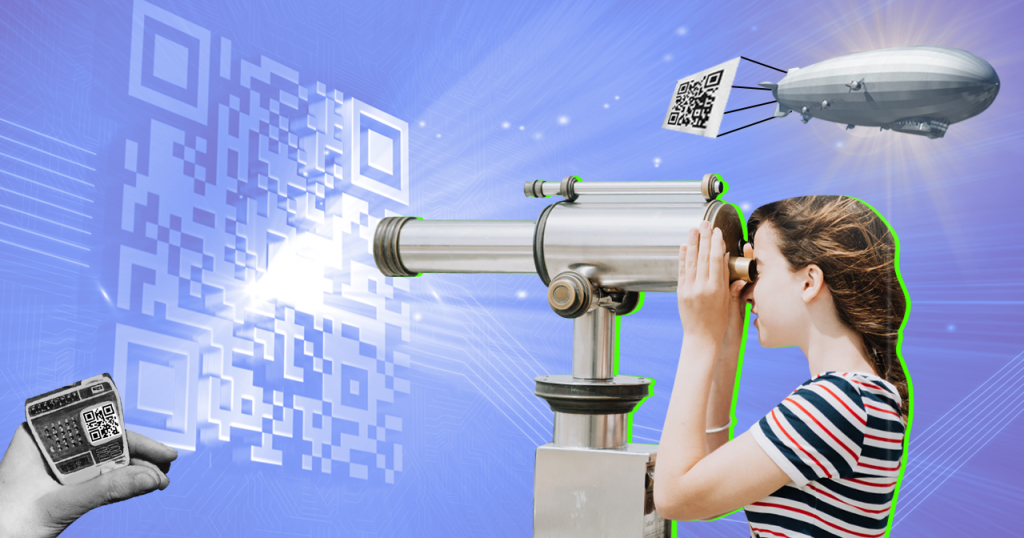
Now even those who have never actively used online services know about QR codes: in spring in Moscow they were needed in order to leave the house and not earn a fine, and now, according to the decree of the mayor of Moscow, for registration of visitors to nightclubs ... Everyone should scan such a code (or send an SMS, but this is longer and not so convenient), thus leaving their phone number. If it turns out that one of the visitors was a carrier of the coronavirus, all other visitors will receive a post factum warning of possible contact.
Why does it look like this and how does it encrypt?
All QR codes have something in common: a white frame, three identical black squares in the corners (each in a double frame), another black square (smaller, but also framed), stripes of black and white modules. This is the technical part of the code that allows the camera to pinpoint its location and estimate the size of the modules. The code also contains information necessary for its correct recognition: about mask, correction level and version. All the remaining fields can be used to convey information.
Each QR code can contain:
- 7089 digits;
- 4296 letters and numbers in Latin;
- 1817 hieroglyphs;
- 2953 bytes of binary code (that is, about 2953 Cyrillic letters in windows-1251 encoding or 1450 in utf-8).
If you have less information, it doesn't matter, the code will just leave empty modules. For example, here's a 178-character encoded phrase:
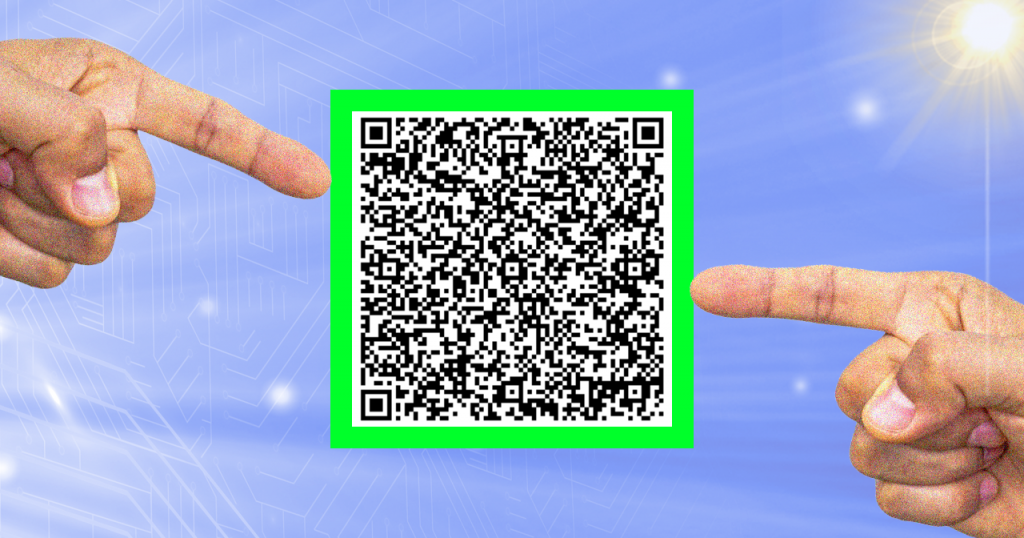
If you hover over the code, your browser will most likely open a search page. In the search bar you will find our message.
Most popular QR code apps can recognize letters, numbers and special characters. Technically, images and sounds can be transmitted using QR codes, but such formats are rarely used: the data will have to be heavily compressed, and applications that can recognize them are not widespread. Linking to a picture or song using a QR code is much easier.
The creation of a QR code takes place in several stages:
- (, -, ), — ;
- , ;
- ;
- ;
- ( ) , .
- . , , . «», — , — .
All this is not done manually: there are programs and services for encoding information. Denso Wave, where QR codes were created, suggests using QRdraw Ad and QR Maker Ad . For those who do not want to do coding "from scratch" there are free and paid services, including those with templates, for example: QR coder , QR Code generator , QR generator online - yes, thousands, thousands of them.
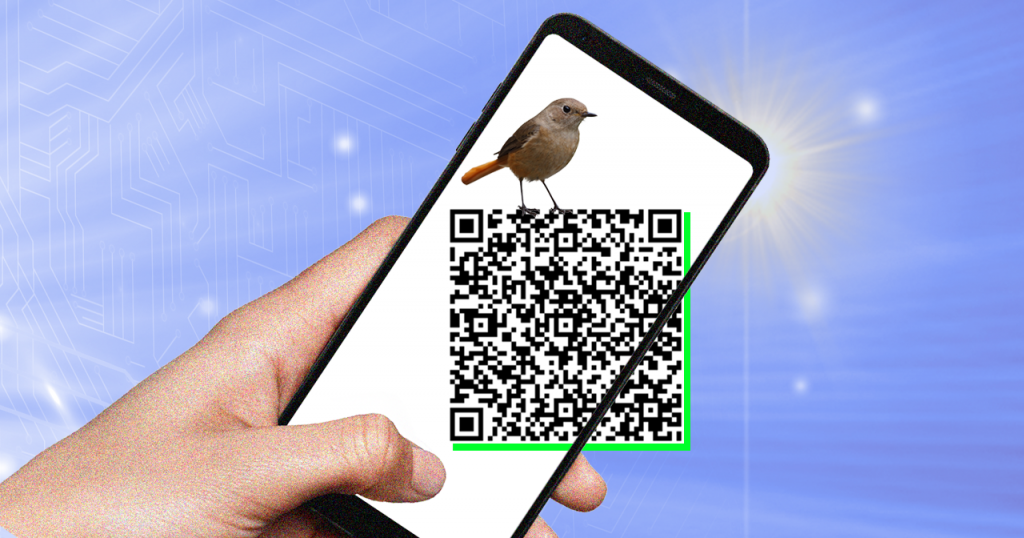
How is it recognized?
For the user, everything is simple: pointed the smartphone camera, received a notification that the code was recognized, clicked on it - and then according to the situation: read the text, follow the link, add a new contact to the address book, register in the system.
For the application, in most cases, too, there are no big difficulties: black and white fields are easily recognized, squares in the corners suggest what exactly needs to be read and where the system information is located. Then, in the main part of the code, the white fields turn into zeros, the black ones turn into ones. A stream of data is obtained, from which the original information is then restored.
What is the problem?
It is not always possible to recognize the QR code correctly. Denso Wave warns that the QR code may not be readable if it has been reduced or enlarged, if the white field around the edges is filled with letters or images, if insufficient contrasting colors are used to create the code, or the code is applied to a background image, if the code is applied to a translucent or a transparent surface (such as adhesive tape). Despite the fact that you can experiment with the appearance of the code, the most reliable is the ordinary black and white version.
QR-
Denso Wave , , , — , , « ». , : , QR- , , , Marks&Spencer .
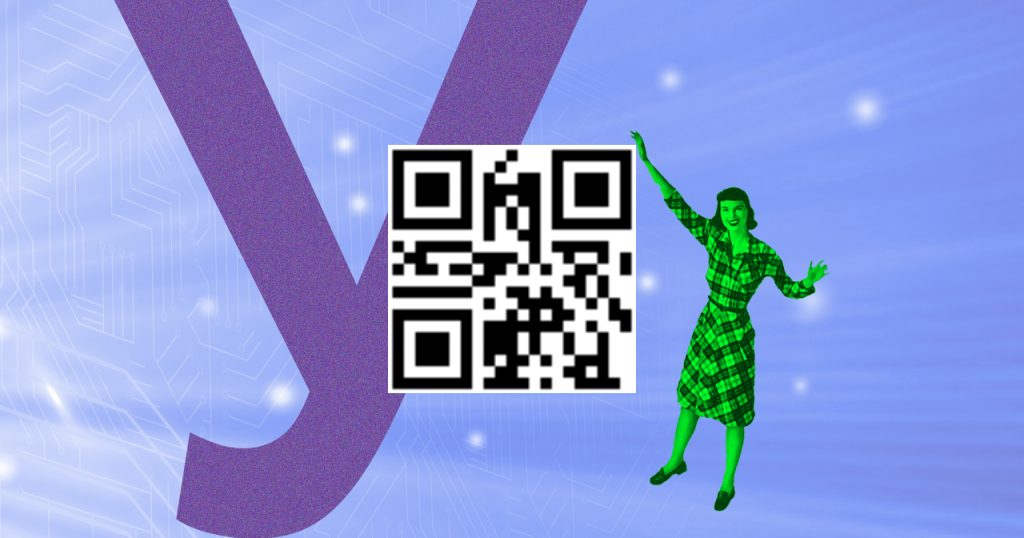
For all its merits, the QR code is not the only one. The same Denso Wave developed Micro QR to transmit a smaller amount of information (here is a comparison ), SQRC (a code, some of which is available to everyone, and some - only to users who have a special decryption key), IQR Code (may have different sizes and shape ), Frame QR ( images can be inserted inside ). Compare them all .
Codes that are not related to Denso Wave are also used. These are, for example, Aztec Code (it is easy to recognize by the square in the center) on air and rail tickets, MaxiCode in cargo transportation, DataMatrix in industry, rectangular PDF417 for documents.
The Russian national labeling system "Honest Mark" uses DataMatrix. The individual code allows you to track the movement of all goods from the supplier to the buyer and excludes the possibility of counterfeiting in retail chains. In addition, a special mobile application allows any buyer to verify the authenticity of the product.
QR codes are now everywhere: on city attractions, T-shirts, in tax notices. And even on tombstones - in case someone wants to know more about the deceased person. The technology itself, despite its decent age by IT standards, is still too early in the cemetery of history: it is clearly in its prime.
Linear barcodes, by the way, are still quite alive. They are used where there is no need to transfer a large amount of information or transfer the user online. In retail chains, libraries and warehouses, encoding 20-30 characters is quite enough. Often the advantage of a linear barcode is its compactness: it can be applied both to a pack of chewing gum and to a computer board. But the fact is that GS1 , an international organization that creates and implements standards for business, allocates EAN line codes for basic information, and QR codes for additional information. Therefore, the presence of a registered EAN barcode is necessary to work with all major retail chains.
In case you are thinking of changing your area or improving your qualifications, the HABR promo code will give you an additional 10% to the discount indicated on the banner.

- Profession Ethical hacker
- Data Science profession training
- Data Analyst training
- Data Analytics Online Bootcamp
- Python for Web Development Course
More courses
- «Machine Learning Pro + Deep Learning»
- « Machine Learning Data Science»
- Machine Learning
- Unity
- JavaScript
- -
- Java-
- C++
- DevOps
- iOS-
- Android-
Recommended articles
- How to Become a Data Scientist Without Online Courses
- 450 free courses from the Ivy League
- How to learn Machine Learning 5 days a week for 9 months in a row
- How much data analyst earns: overview of salaries and vacancies in Russia and abroad in 2020
- Machine Learning and Computer Vision in the Mining Industry